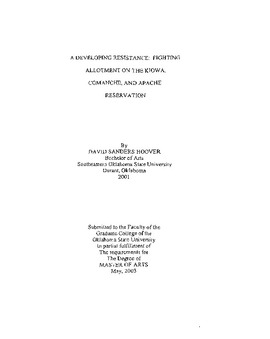| dc.description.abstract | A study of Lewis, his works and their produced meaning in relation to their subsequent adaptation correlates to semiological trends regarding interte,duality. The inquiry advances existing knowledge of Lewis and his literarY contributions by uncovering the relation between the produced meaning in the author's works and their subsequent affinity with Christian allegorY and doctrine. Christian spectators, including congregations" advocacy and special interest groups and other organizations require ideological support from sources like Lewis to reinforce theistic hegemony (in the Gramscian sense of intellectual and/or cultural controlling bodiessee Chapter Three). Those hegemonic signals, most emphatic in Lewis's narratives, can be deciphered from a study of the author's work. Hegemonic signals are crucial to the study of Lewis-based productions since congregations and other like-minded groups require source work faithfulness for ideological reinforcement. This is pa,rticularly germane to the discipline of theatre because, as with most postmodern theory, the impetus of adaptation is the audience who benefits from it faithfulness to the Source work. The body of knowledge obtained from this study will contribute to the next step in the investigation: measuring performative signs/sign sets in LeWis adaptations and theiir relationship to each source work's produced meaning (read hegemony reinforcing signals). This endeavor is unique to the "typical" semiological investigation in a variety of ways. First. the investigation isolates those signals that reinforce theistic hegemony and assesses each adaptation based on its faithfulness to Lewis's own ideological (an assemblage of self-assuming worldviews) and theological contributions. So, the study quantifies a performance's prodUced meaning (whether it reinforces theistic hegemony amongst Lewis fans) and qualifies it via correlation to ideological signals Lewis's source works express. Second, the investigation extends semiotician Anne Ubersfeld's concept of the performance/text intersection: According to Ubersfeld's Reading Theatre, the diagram exhibits signal sets in the text (T) and performance (P); the intersection representing those signals found in both sets. To clarify, the structuralist/classical practitioner would attempt to increase the text/performance intersection so the signal sets were identical, (see Richard Hornby's Script into Performance for a comprehensive study of a structuralist approach to theatre) but Ubersfeld contends such pursuit is an impossibility: The totality of the visual, auditory and musical signs created by the director, set designer, musician and actors constitutes a meaning (or a multiplicity of meanings) that goes beyond the text in its totality. (5) ...Finally, the study will uncover the relationship, if any, between the produced meaning in Lewis's works and their stage adaptations. By investigating the relationship between "intended"/produced meaning, a more comprehensive relationship can be drawn between a given piece of literature and its dramatic counterpart. Thus, the benefits of each form (original and adapted) can be measured for future transmitters who seek to signify (direct, act or design) a given work or adapt the work themselves. | |
